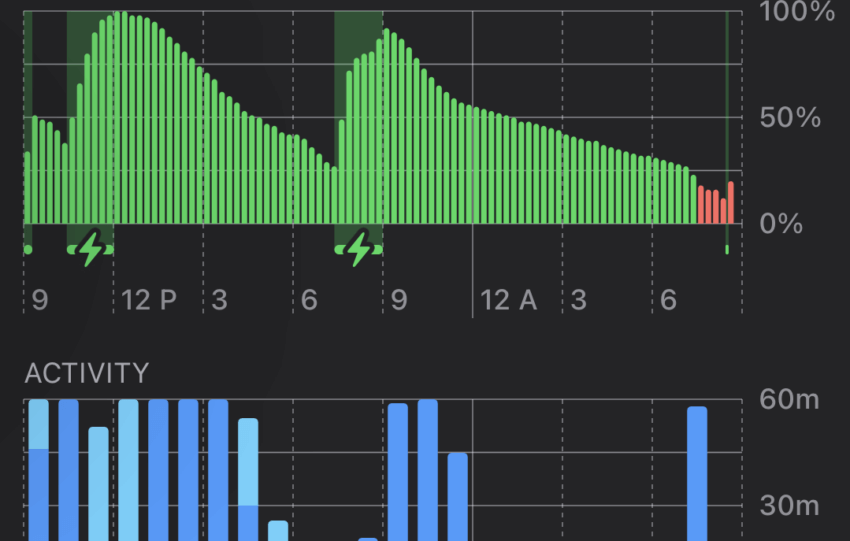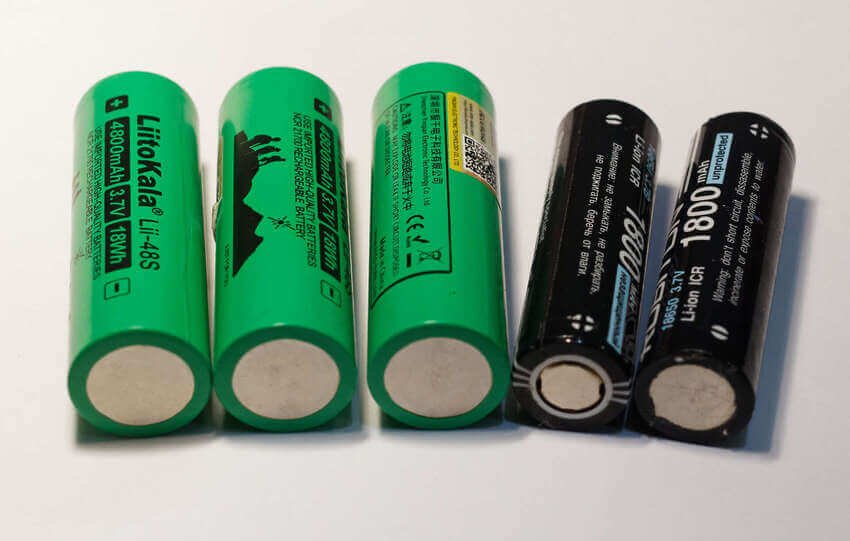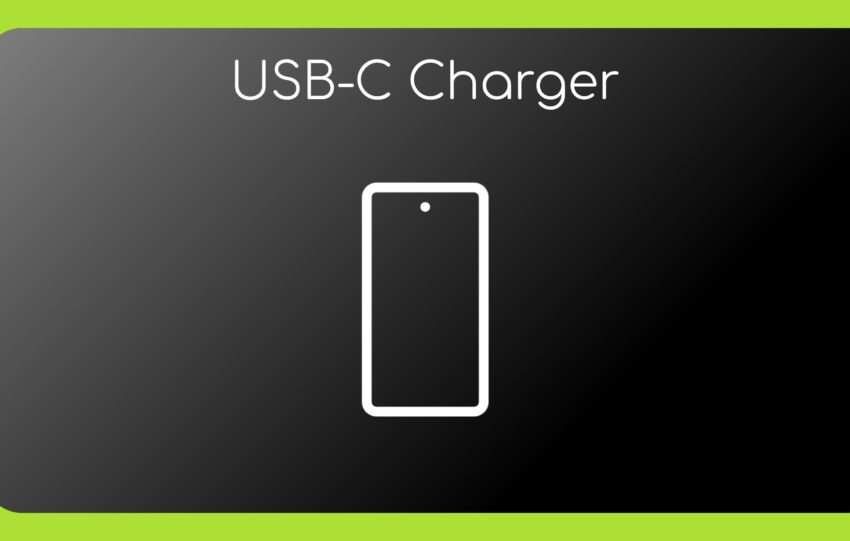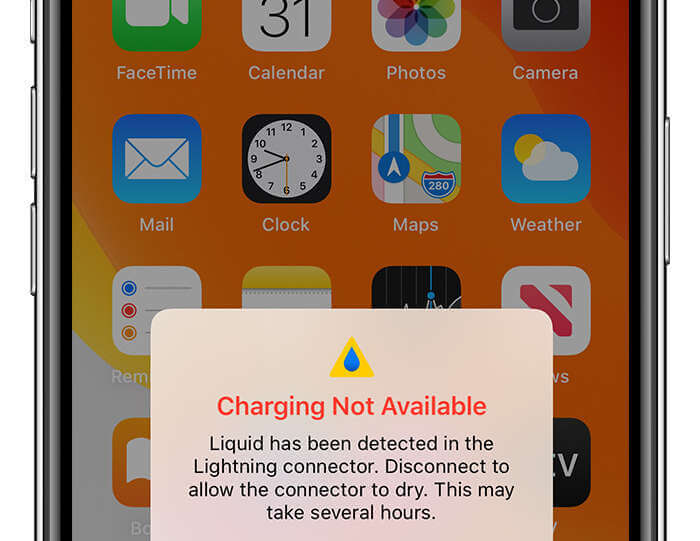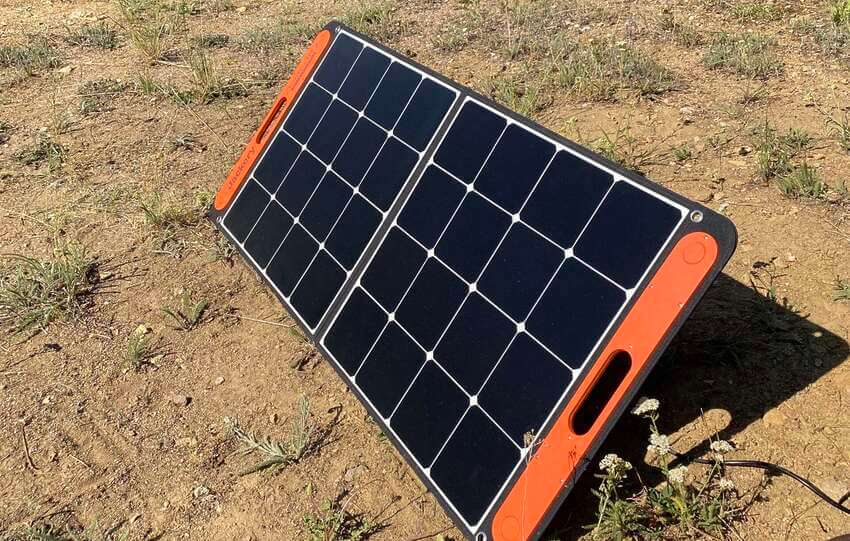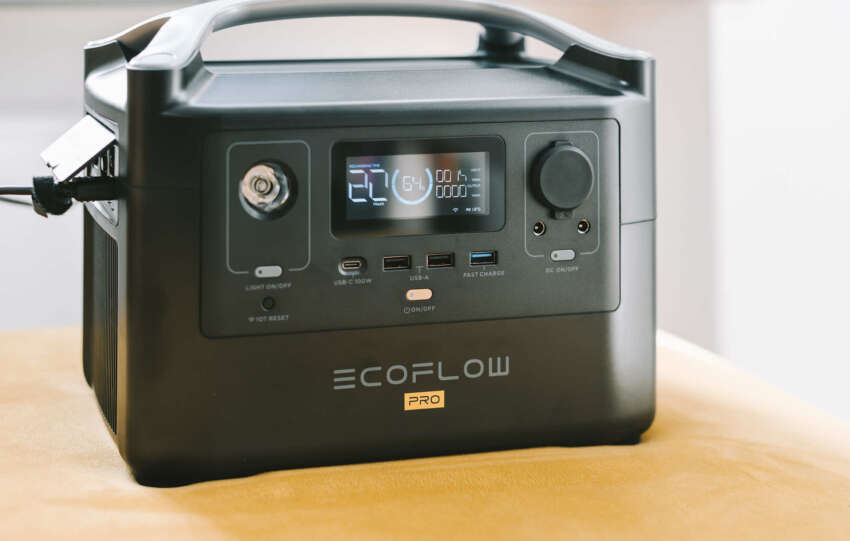Share This Article
Have you ever been out and ran out of power just when you needed it the most? Well, now there’s a solution – make your own mobile power bank!
This easy guide will show you how to go about making the perfect power bank for any situation.
By following the steps outlined in this blog, you’ll be able to assemble everything you need in minutes, and have a power bank that will help you stay safe and connected wherever you go. So whether you’re on the go or at home, make sure you have a power bank at the ready!
Introduction: How to Make a Mobile PowerBank
Being prepared for anything is key, and mobile powerbanks are a great way to do that. In this guide, youll learn about different materials and designs, so you can create something unique and perfect for yourself. Youll also learn how to make a power bank thats perfect for your needs, and that will ensure you have power when you need it most. If youre looking to be prepared in case of an emergency, making your own power bank is the way to go!
Step 1: What You Need: Parts and Tools
This is a simple guide on how to make a power bank for your iPhone. It’s very easy to do and you can build it yourself with the materials that you already have at home.
Parts Required:
1) USB Port 2) An iPhone Charger
3) A Piece of Silicone
4) Scissors
5) Tape
6) Glue Gun or Superglue
7) voltage meter
Tools Required:
1) Knife or Cutting Board (for cutting silicone and cordage). If you dont have a knife, you can use a sharp object to pierce the silicone. Be very careful!
2) Electrical Cable Stripper/Cutter
3) Cord Wrap Tool
4) Hot Glue Gun
5) Power Bank
6) Safety Glasses
Step 2: Planning your design your powerbank
Before you start cutting, it’s important to plan your design. What do you want the power bank to look like? How much space do you have available? Once you have a rough idea of what you want, begin cutting out your pieces.
Once all of your pieces are cut out, its time to start assembling them! Start by gluing the USB port and iPhone charger onto the silicone piece. Make sure that they’re positioned in the correct location and that everything is secure with tape. Be careful not to put too much pressure on the connectors, or you might damage them. Once everything is glued in place, it’s time to start cutting the silicone. Make sure that your knife is sharp and make clean cuts – otherwise, you’ll end up with ugly seams!
Once all of the pieces are cut and glued together, its time to add the finishing touches. Start by adding a border around the edge of the power bank using glue gun or superglue. Then add any text or designs that you’d like (remember to be careful not to put too much pressure on your connectors). Finally, add safety glasses/goggles if desired.
Step 3: The Batteries
I ended up purchasing one more for the small liPo battery and constructed that one with 18650 lithium ion batteries, not LiPo’s, which were a bit costly for the tiny ones that fit inside the enclosures. I had a few 18650 batteries around, which I’d taken from dismantled computer systems of various sizes.
Step 4: Building the Pack(s)
I’ve been using this plastic enclosure for all my battery packs, and it’s nice because it’s light weight, has a good shape to the top of the pack, and you can still see how much capacity is left in the batteries.
Cut the positive and negative leads off of the battery pack. The positive lead is usually marked “+” or “+”. The negative is usually marked “-” or “-“.
I used a pair of needle nose pliers to strip away the protective tape on
First, let’s make sure we have the right cells.
I decided to use two of the blue ones and one of the teal ones in each pack.
Here’s what it looks like:
To do this, I used a bread
I am using an old, cheap, aluminum laptop battery pack. The case is pretty thick and solid so I can use some of the extra thickness to add a little weight to the bottom of the pack for more stability.
I start by cutting the
I will be using a similar battery pack concept to this Instructable by Robert D. Smith . I decided to go with his size and design for my first pack, but we’ll see how it goes. If you decide to do the same, use
Step 5: The Kit!
I made a small power bank kit with the 9600 mAh pack and a USB port, as well as some connectors for connecting it to my phone.
I built the two packs into a double battery pack, then connected them together using standard 12 V power connectors.
The end result is a nice, small, portable battery pack that I can use when I’m out and about.
Step 6: Assemble the Electronics
This was the most time consuming step. It took me a good 3 hours to build everything up and make sure it worked, which is why I waited so long to post this tutorial.
First things first, I wanted to make sure that all of the electronics were properly connected.
I used a multimeter to test each of the connections, and made sure that they were all good and tight.
Next, I installed the battery pack’s mainboard onto a piece of wood using double-sided adhesive tape.
This will keep everything secure while we’re working on it later on.
Finally, I installed the LCD screen and buttons onto the mainboard using hot glue gun.
Step 7: Put everything in place
The button, its housing/trim, and the LED’s reflector will all need to be added to the case eventually. The button trim piece snaps into place after being mounted on the mounting posts. The fit was quite adequate. You may secure the button with glue or a hot piece of metal to melt the two posts down, allowing you to secure it and trim in place.
I used CA glue (aka. cyanoacrylate) Super glue is what it’s called. A small divider holds the reflector for the LED in place, and it just sits there. I put a little super glue on the case where the reflector sits and put the lens on, since it’s mostly held in place by the LED itself pressing on it, which was pretty wonky. You may add the lenses at this time or later.
The pre-applied adhesive is covered with a backing. Peel off the glue to reveal it. I had to carefully peel off another adhesive pad on the lens itself. To do it, I used the edge of my utility knife.
Step 8: Add the Board and Battery
Now, you can add the power board and battery. I didn’t glue mine in place yet, but it does have a little tab that holds it in place. The board snaps into place, so don’t force it too much or it will break . The battery just snaps into place with a little adhesive.
Step 9: Add the Misc Parts
Now it’s time to add the misc parts, like the USB connector and switch. I attached mine using hot glue because my board has a hole for it. You could also use screws or velcro (though I didn’t). You may also want to attach antenna wires if you’re using an external antennae module, like I am. There are two small screw holes on either side of the power board that match up with corresponding screw holes in your case so that everything is lined up correctly.
Step 10: Finishing Touches, Charging it
Now it’s time to add some finishing touches. I added a little bit of sandpaper to the edges of the power board and battery so that they would match the case better, then attached my switch and USB connector with more hot glue. Finally, I put on my lenses (I used two different types).
FAQ: How to Make a Mobile PowerBank
How can I make a power bank at home?
There are a variety of ways that you can make your own power bank, and the most important thing is to choose an appropriate material. This could be something like cotton or woolen fabric, old phone cases, paper towels rolls, or even aluminum cans. Next, cut out a desired size for your battery pack andattach it with elastic bands or pins. Finally, add some electrical tape around the edges to prevent any damage during use.
When finished, simply turn your power bank into a charging station by plugging in your devices using the handy cables that were included! Not only will this help you conserve energy when not using them , but it also makes charging devices much more convenient than manually connecting cords every time you need them charged up.
What do you need to make a power bank?
A power bank is a small, portable device that can be used to recharge your phones and other electronic devices. There are many different varieties of power banks, but in general they all have the following features: a battery capacity of between 100 and 2000mAh, an input voltage range of 3.6V-12V, and output voltages ranging from 1.2V-5.0V.
When choosing a power bank, it is important to consider what type of charging you will use most often. USB-C powered devices require higher voltages (between 5 volts and 9 volts) for faster charging than older types of ports (4 or 5 volts). Additionally, some models come with multiple outputs so that you can charge more than one device at once.
Finally, make sure to read the reviews before making your purchase as there are often complaints about low quality batteries or charges not working properly after being sold online . By doing these simple steps beforehand; you should have no trouble selecting the perfect power bank for your needs!
What materials are used to make power banks?
There are a variety of materials that can be used to make power banks, including plastic, metal, and even wood. The most popular material used is plastic because it’s lightweight and durable. It also has a low reactivity which makes it safe to use in devices like power banks.
Power Banks can vary in size and shape, so it is important to choose the one that best matches your needs. Some common features include USB ports for charging devices, LED lights or indicators for indicating the battery level or type of charge currently being received, and built-in cooling systems to prevent overheating.
Ultimately, when selecting a power bank you need to consider factors such as price range and what specific features are important to you. If you’re looking for an affordable option with multiple charging capabilities then a charger powered by solar cells may be perfect!
Conclusion
If you’re always on the go and need a power bank but don’t want to carry around a heavy charger, this blog is for you! In this blog, we’ll teach you how to make a mobile power bank that will last for days. All you need are parts from a power bank and some simple tools. Make sure to check out the blog for step-by-step instructions on how to make this power bank!

